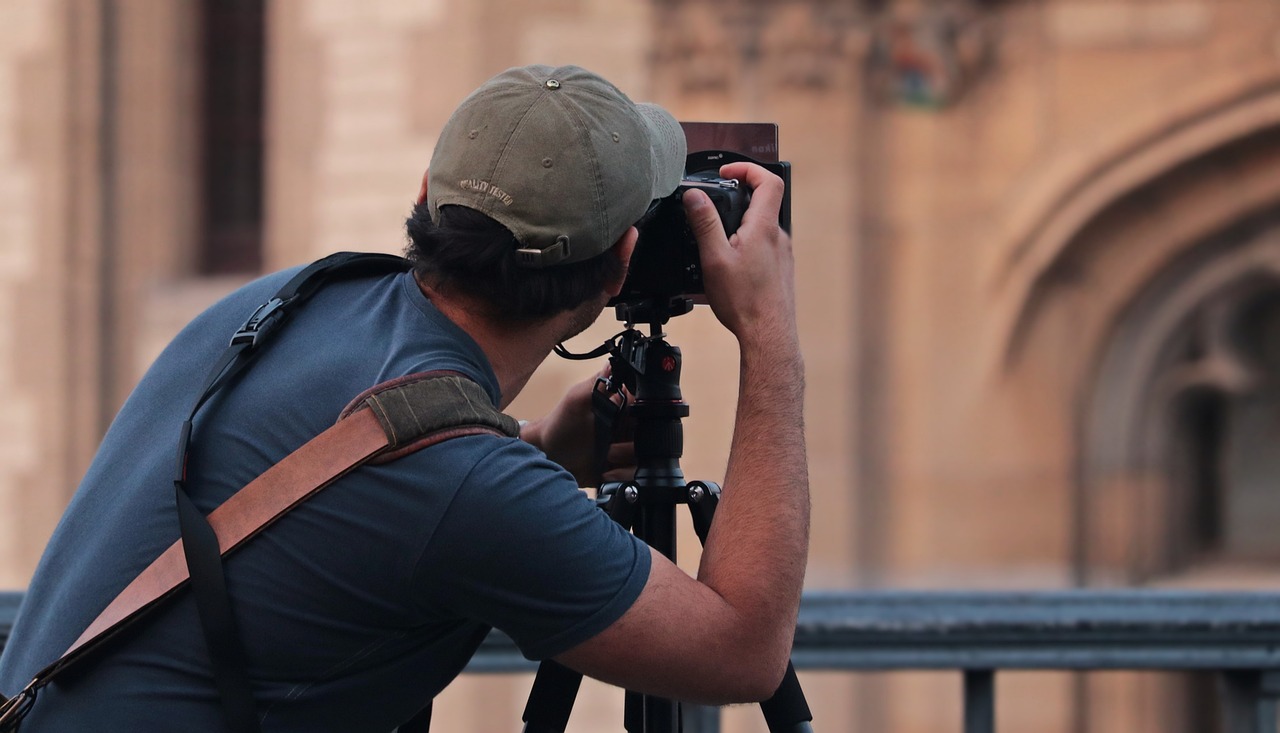Composition Techniques Every Beginner Photographer Should Know

If you’ve just got your first camera, you know it’s the beginning of a beautiful journey. The best beginner camera for video has this feature built-in, so you can just simply position the object But at the same time, you’ll feel pretty much overwhelmed by the possibilities you have. You can take pictures of anything you want, but how do you make your photos stand out? That’s where composition techniques come into play. Basically, composition techniques are principles you can use to make your photos more interesting, eye-catching, and visually appealing. They help you take your photography to the next level, whether you’re a beginner or a seasoned pro. Today, we’ll shed some light on the most important composition techniques every beginner photographer should know.
Rule of Thirds
 This rule, without a doubt, can instantly enhance the visual appeal of your masterpiece; we’re talking about the images or videos you take. Instead of placing your subject smack dab in the center of the frame, imagine dividing your image into a grid with two horizontal and a couple of vertical lines. The intersection points where these stripes meet are key focal points that draw the viewer’s eye.
This rule, without a doubt, can instantly enhance the visual appeal of your masterpiece; we’re talking about the images or videos you take. Instead of placing your subject smack dab in the center of the frame, imagine dividing your image into a grid with two horizontal and a couple of vertical lines. The intersection points where these stripes meet are key focal points that draw the viewer’s eye.
By positioning your main subject along these lines or at the intersection points, you create a more dynamic and visually interesting composition. This technique adds balance and harmony to your photos by creating movement and flow within the frame.
Leading Lines
In addition, one that can truly guide the viewer’s eye through a photo is the concept of leading lines. These are elements within an image that draw the viewer’s gaze along a path towards the main subject or focal point. Leading lines can easily be found in nature or landscapes such as roads, rivers, or fences that create a sense of depth and perspective in your photos. They can also be man-made structures like bridges, staircases, or even shadows that add visual interest and direction to your images.
Symmetry and Patterns
When it comes to capturing visually striking images, symmetry and patterns play a crucial role in creating an engaging composition. Symmetry brings balance and harmony to your photos, drawing the viewer’s eye towards the center of the image. Look for natural or man-made elements that mirror each other to create a sense of order and elegance in your photographs. This could be as simple as reflections on water or intricate architectural details.
On the other hand, patterns add rhythm and repetition to your shots, creating visual interest and depth. Whether it’s rows of trees in a forest or geometric shapes on a building facade, patterns can make your photos dynamic and captivating.
Frame Within a Frame
If you frame your subject within another element in the scene, you’ll essentially create layers and draw the viewer’s eye toward the focal point. One way to achieve this effect is by using doorways, windows, or arches as natural frames for your subject. This technique not only helps guide the viewer’s gaze but also adds context and storytelling to your image. Another creative approach is to use objects such as branches, tunnels, or even people to frame your subject. Experiment with different elements in your environment to see how they can enhance the composition of your photos.
Foreground Interest
 When you’re out capturing a scene with your camera, don’t forget about the importance of adding foreground interest. This technique involves incorporating elements in the front of your image to create depth and draw viewers into the photograph. Foreground interest can be anything from a flower or a rock to a person or an object that helps set the stage for the main subject of your shot.
When you’re out capturing a scene with your camera, don’t forget about the importance of adding foreground interest. This technique involves incorporating elements in the front of your image to create depth and draw viewers into the photograph. Foreground interest can be anything from a flower or a rock to a person or an object that helps set the stage for the main subject of your shot.
By including something interesting in the foreground, you can level up the overall composition and make your photos more visually appealing. With time and practice, you’ll become more confident in using these composition techniques effectively. Keep exploring new ways to enhance your photos by incorporating these principles into your work. And most importantly, have fun capturing moments through your lens.

